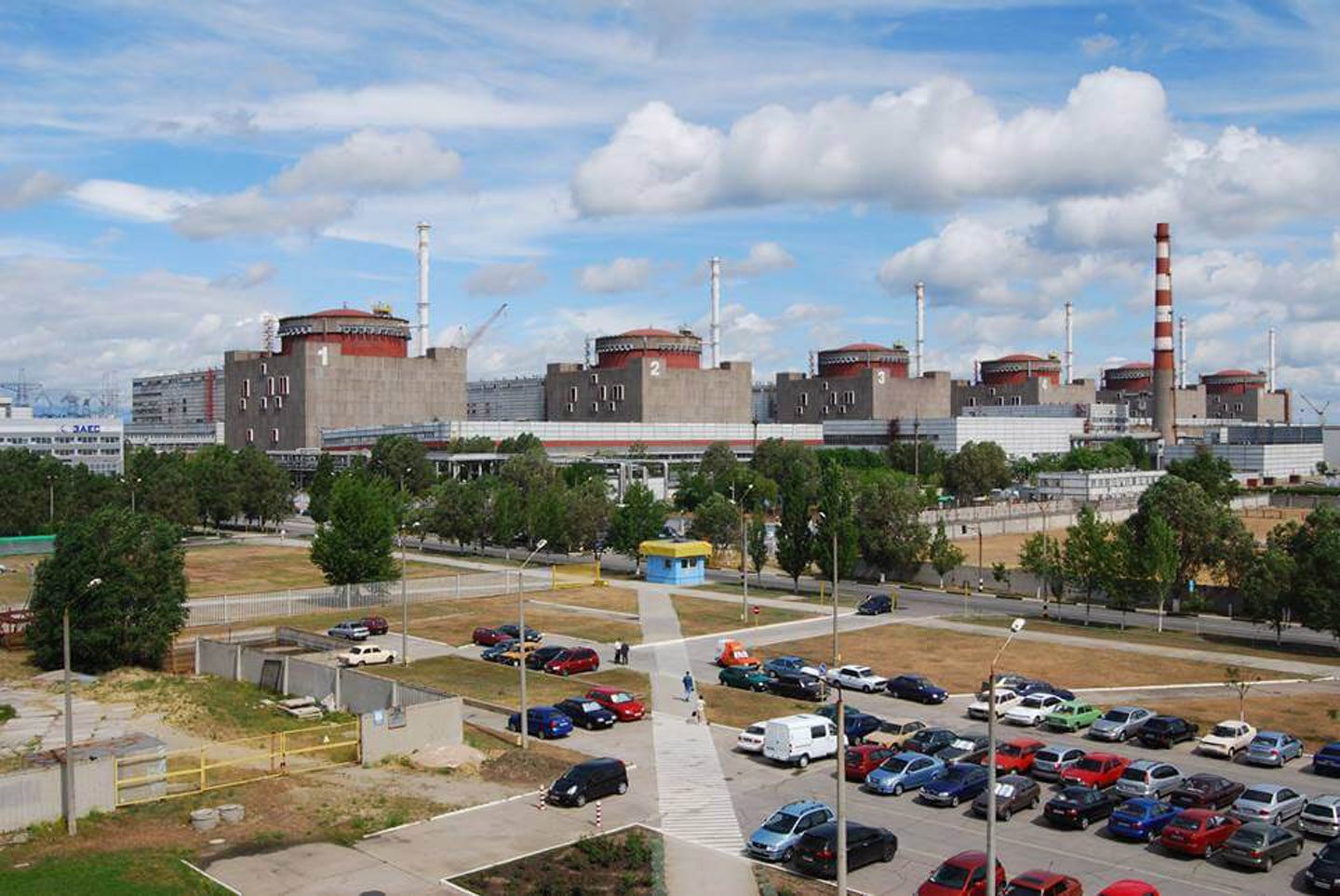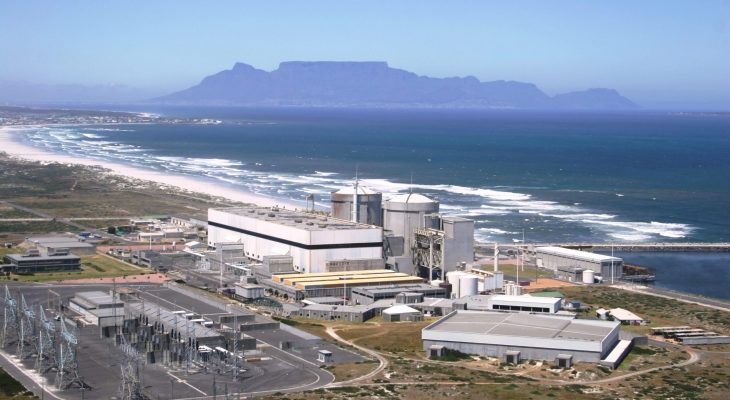The 10-member team that collaborated to survey sediments in Kenya’s Kilindini Harbor. (Photo: IAEA)
Kilindini Harbor in Mombasa, Kenya, is East Africa’s largest international seaport. But rapid development of the Kenyan coastal zone is changing sediment distribution and dispersal patterns in the region, and shifting sediment poses safety and efficiency risks to ships in the harbor. With help from the International Atomic Energy Agency, a team of researchers from Kenya and South Africa has deployed a unique system to measure natural radionuclides in beach and aquatic sediments and map sediment transportation in the region. The IAEA described the mission in a photo essay published August 21.
Africa is home to 1.5 billion people in 54 countries living on 12 million square miles. The economies of many of these countries are hobbled by a general dearth of energy that nuclear could solve without adding to the harm of global warming.
The World Nuclear Association and the African Commission on Nuclear Energy (AFCONE) last year signed a memorandum of understanding to encourage the use of nuclear energy in support of economic growth and sustainable energy development in Africa.
The Zaporizhzhia nuclear power plant.
The International Atomic Energy Agency’s board of governors has adopted a resolution calling for an immediate end to the Russian occupation of Ukraine’s Zaporizhzhia nuclear power plant. According to a report from Reuters, the 35-member board voted 26–2 yesterday in favor of the resolution, with seven abstentions. The two “no” votes were cast, unsurprisingly, by Russia and China, while abstentions came from Burundi, Egypt, India, Pakistan, Senegal, South Africa, and Vietnam.
The Koeberg nuclear power plant, near Cape Town, South Africa. (Photo: Eskom)
An International Atomic Energy Agency team of experts has completed its review of the long-term operational safety of South Africa’s Koeberg nuclear power plant, which is operated by the public utility Eskom.





